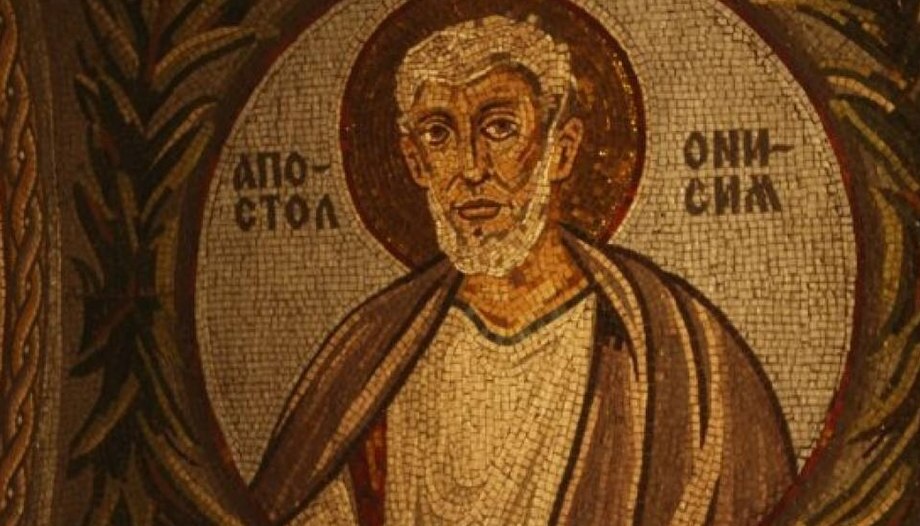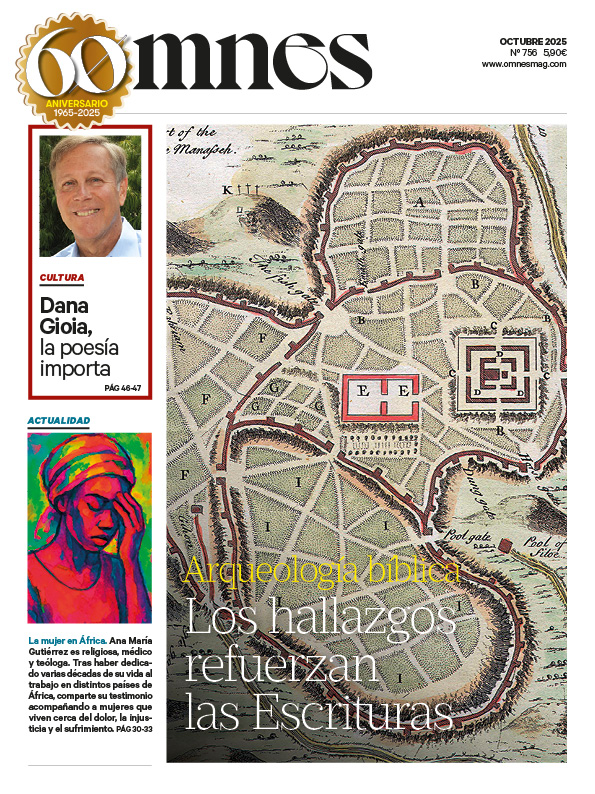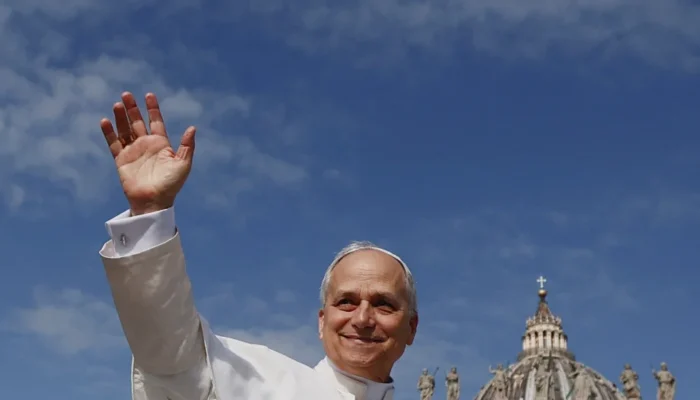A slave in Colossae after having robbed his master Philemon, a disciple of St. Paul, he fled to Rome. There he met St. Paul, who was a prisoner. The Apostle to the Gentiles turned him and sent him back to Philemon, asking him in a Letterwritten from prison, to welcome him not as a slave but as a beloved brother. Onesimus evangelized Asia.
It is worthwhile to see humanity reflected in the brief letter from St. Paul and Timothy to Philemon. Here is a paragraph: "I commend to you Onesimus, my son, whom I begot in prison (...) I send him to you as my son. I would have liked to keep him with me, so that he might serve me in your name in this prison which I suffer for the Gospel; but I did not want to keep him without counting on you (...) Perhaps he was taken away from you for a short time so that you might now recover him forever; and not as a slave, but as something better than a slave, as a dear brother, who, if he is much to me, how much more to you, humanly and in the Lord".
St. Claude de la Colombière, born in Saint-Symphorien-d'Ozon (France), in 1641, was presbyter JesuitHe was a person dedicated to prayer, and with his advice he led many in their efforts to love God. He was canonized on May 31, 1992 by St. John Paul II.
Saints Faustino and Jovita were descendants of a pagan family from Brescia, and they were converted to Christianity thanks to Bishop Apollonius, who ordained Faustinus a priest and Jovita a deacon. They were beheaded during Hadrian's persecution between 120 and 134, and are represented with the sword and the palm of martyrdom.








